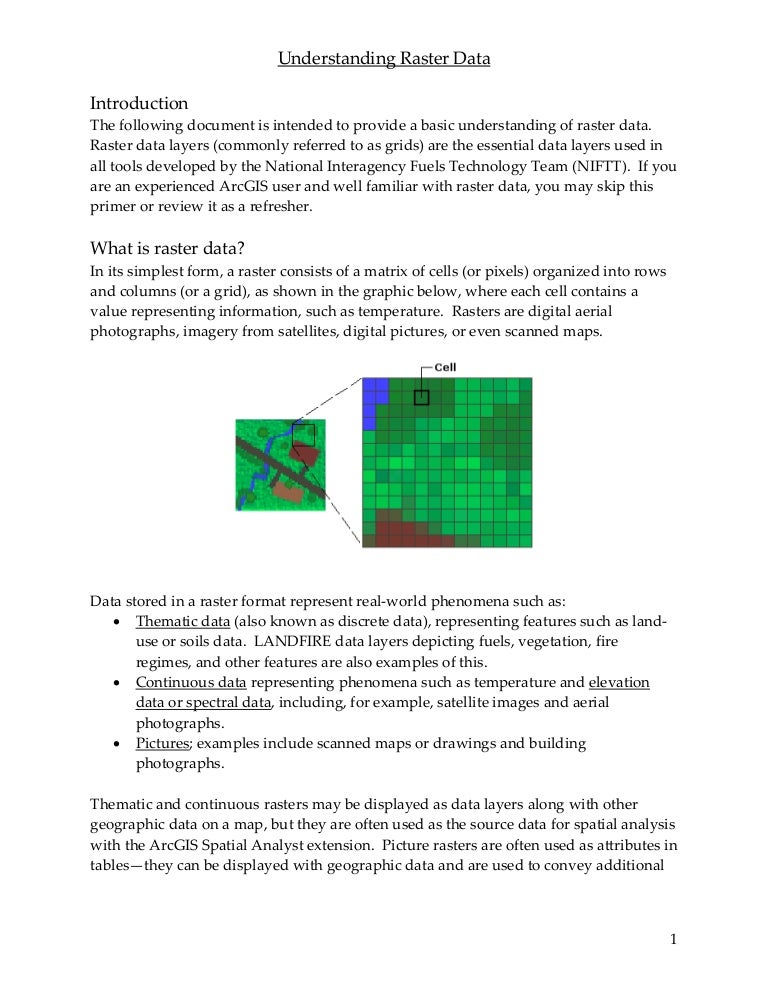

- #Raster images are also called software#
- #Raster images are also called series#
Use raster graphic in designs where photography is required. Raster conversion to vector is difficult. Raster files can be very large if there is a large amount of detail and pixels in an image which can make storing and sharing them more difficult. As a general rule it is a bad idea to enlarge raster images due to pixellation. Raster files are highly dependent on image resolution to reproduce accurately in print. Raster can handle other effects such as adding textures or blur effects very well. Raster files handle the subtleties of photographs very well as a general rule. Anything less will simply not look very good. It is for this reason that most printers set a minimum standard resolution of 300 dpi (dots per inch) when printing raster graphics. In the graphic below we’ve taken a raster version of our logo and then enlarged it.Īt its original size the image looks fine, but when enlarged the quality and sharpness of the image suffer. #Raster images are also called series#
Printers often talk about raster image resolution, which is determined by how many dots there are per inch (dpi)īecause raster images are created by a series of dots, they do not scale up well. Each pixel is assigned a color value and packing many dots into a small area creates the illusion of a crisp image. A raster image is created by a series of pixels or dots. The most common raster image is a photograph, though with a graphics program like Adobe Photoshop artists can create raster images other than photographs.
Vector graphics are the best choice for business identity print work, logos, promotional posters, and major illustrations.Ĭommon vector formats include EPS (Encapsulated PostScript), WMF (Windows Metafile), AI (Adobe Illustrator), CDR (CorelDraw), DXF (AutoCAD), SVG (Scalable Vector Graphics) and PLT (Hewlett Packard Graphics Language Plot File) Raster Images. When you are designing something for large scale like banners, signage, vehicle wraps and other large format items. Vector files simply do not handle photographic imagery as well as raster files. You can make them larger or smaller without a loss of image quality. Vector Graphics are resolution independent. It is easy to convert a vector graphic to raster if needed. Vector graphic files sizes are usually much smaller than raster files making them easier to store and share. In this example we have enlarged a vector version of our logo.Īs you can see, the enlarged version retains the crisp edges of the original. By combining paths that are straight or curved and various colors and shading very detailed illustrations can be created.īecause the image is created using mathematical precision using programs like Adobe Illustrator or CorelDraw, the resulting files can easily be resized larger or smaller without any loss in image quality. #Raster images are also called software#
Vector images are constructed of lines (also called paths) and are created by software programs that use mathematical calculation to determine size, shape and color of each line.

Each of the graphic types have their own particular strengths and limitations and understanding these differences is essential to achieving the best results. When it comes to creating graphics, designers must choose to express their creativity using either vector or raster graphics. Because of this if you zoom in or out the lines, curves or points always remain smooth.Ĭommon vector file types include. They form shapes based on precise mathematical equations. psdĪ VECTOR image or graphic is a type of image defined on a plane, connected by lines and curves. An image with a resolution of 300 ppi has 300 pixels per square inch.Ĭommon raster file types include. The smaller the pixel size, the higher the resolution.

Vector images don’t have a native resolution however and can enlarge with no reduction in quality.Ī RASTER image, also called a bitmap image is an image comprised of a rectangular grid of pixels. Web images are naturally low resolution and that resolution doesn’t increase when the size increases. It’s mostly due to the actual resolution of a raster image at the final print size. Have you ever printed a project and been disappointed with the quality of an image or logo? Especially if it has been downloaded from a website? Although they look great on screen at a small size, when enlarged to poster or banner size, the quality of web images deteriorates greatly.







 0 kommentar(er)
0 kommentar(er)
